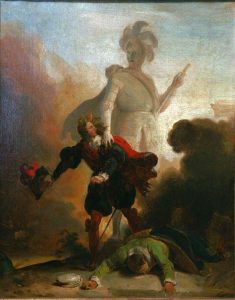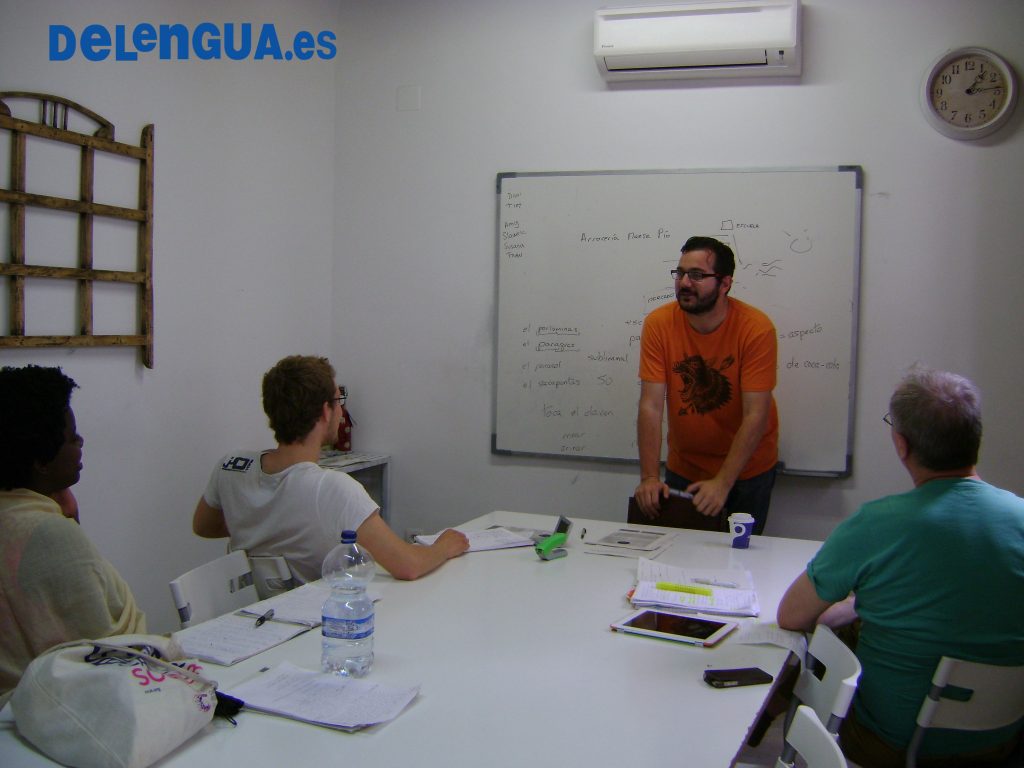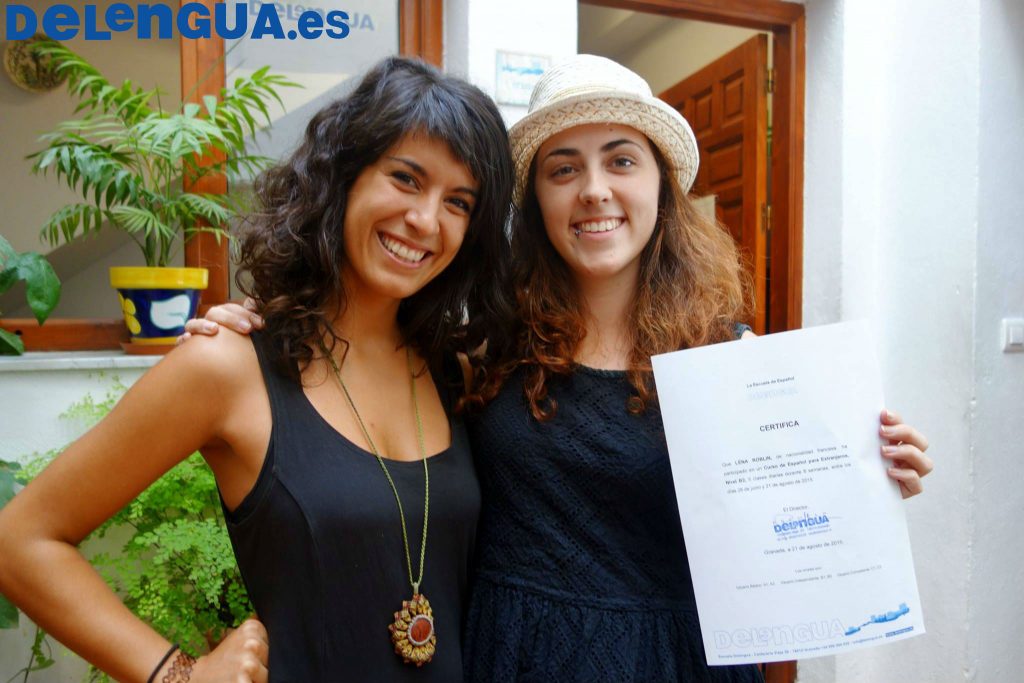
Don Juan et la statue du Commandeur, Fragonard
| Español | English | |
|---|---|---|
| Don Juan es un personaje literario español que representa la cultura española como ningún otro. Junto a la Celestina y el Quijote, el Don Juan es una de las obras cumbre de la literatura española. Aunque los españoles están hartos de que los extranjeros los comparen siempre con este personaje, es una parte importante de la cultura española y la representan frecuentemente en los teatros nacionales .
Se desconoce si el Don Juan existió de verdad. Lo que hay son historias de un caballero llamado Don Juan Tenorio que supuestamente vivía en Sevilla y que era conocido por sus aventuras con mujeres. El Don Juan es un personaje arquetípico y hay varias versiones de su historia. La primera conocida es “El burlador de Sevilla y convidado de piedra” de Tirso de Molina, 1625-1630. Pero el tema del ‘convidado de piedra’ ya se conocía antes… A la obra de Tirso de Molina seguirían muchas más, inspiradas por “El burlador de Sevilla”. En todo el mundo los escritores la tomaban como modelo. Por ejemplo Molière con “Dom Juan ou Le Festin de Pierre” en 1665 o E.T.A. Hoffmann y “Don Juan” en 1813. Hoy todavía no se olvida el Don Juan. Así, por ejemplo los Pet Shop Boys lo han tomado en su canción “Don Juan” y la película “Don Juan de Marco” también trata del mismo personaje. La obra más conocida, más adaptada y hasta hoy también más representada es “El Don Juan Tenorio” de José Zorilla de 1844. Con esta obra Zorilla creó una de las materializaciones más conocidas de este mito, aparte de la obra de Tirso de Molina. Para conocer más del gran mito de Don Juan Tenorio, el Burlador de Sevilla, la Escuela de español Delengua te ofrece un curso sobre la literatura de España en Granada. Elige tú mismo los temas que quieres tratar. Te confeccionamos un programa ajustado a tus deseos y necesidades. ¡Ven a Granada y mejora tu nivel de español con la Escuela Delengua! |
The fugure of Don Juan is a Spanish literal personality which represents the Spanish culture like no other. Besides the Celestina and the Don Quijote, the Don Juan is one of the masterpieces of the Spanish literature. Although the Spaniards are sick of that all foreigners compare Spain with the personality of Don Juan, it’s still an important part of the Spanish culture and one of the classic plays is frequentliy represented in the national theatres.
If Don Juan really existed isn’t sure. What you know is that there are tales about a knight called Don Juan Tenorio who lived in Sevilla and was known for his affairs with lots of women. The Don Juan is an archetypical personality and there exists not just one adaption of his story. The first known is “The burlador de Sevilla y convidado de piedra” of Tirso de Molina, 1625-1630. This work is also a partly adaption. Like the topic of the convidado de piedra/ the stone guest was known before. To the play of Tirso de Molina followed many others, inspired by the “Burlador de Sevilla” or adaptions of the same work. All over the world the writers took it like a modell. For example Molière with “Dom Juan ou Le Festin de Pierre” in 1665 or E.T.A. Hoffmann and “Don Juan” in 1813. Still today Don Juan is not forgotten. For example did the Pet Shop Boys adapt him in their song “Don Juan” and the movie “Don Juan de Marco” deals with the same personality. The most known, adapted and most represented play is the “Don Juan Tenorio” of José Zorilla of 1844. With this work Zorilla created one of the most known adaption of the myth, apart from the play of Tirso de Molina. To get more information about the myth of Don Juan Tenorio, the joker of Sevilla, the language school Escuela Delengua in Granada offers you a Spanish programme about Spanish Literature. Elect your own topics you want to talk about. We create you a programme according to your wishes and ideas. Come to Granada and improve your Spanish level with us, the language school Escuela Delengua! |














